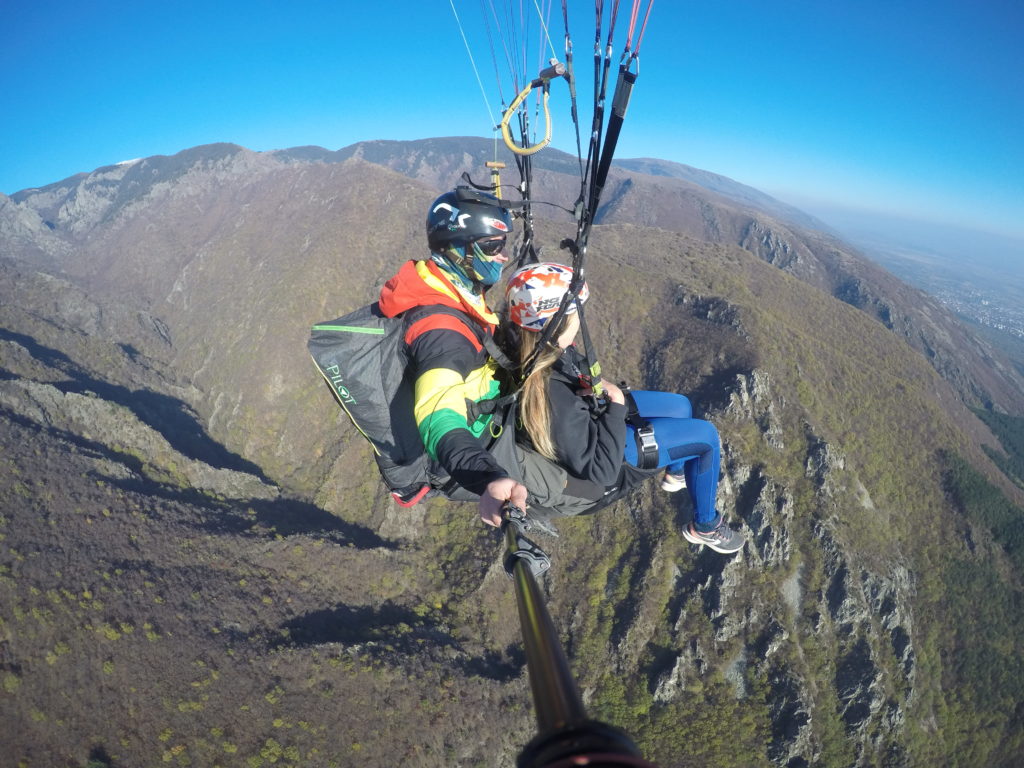Breathing is Simple, We All Do It!

Breathing, we all do it! We all know what would happen if we didn’t, yet how many of us focus consciously on our breathing? How many of us are even aware of our breath? I would bet my bottom dollar that most of us go through life just letting it happen to us… roughly 20,000 times a day.
This is the beauty of the Autonomic Nervous System (ANS). This controls all the bodily functions that keep us alive: breathing, cardio-vascular system, heartbeat, digestion, waste removal, to name a few.
These things happen to us, within us, every day and when they stop working even for a short period of time, we feel it, we become sick, bloated, unable to sleep, overwhelmed etc…
What if I told you that you can control your ANS?
There are two arms to the ANS, the Sympathetic Nervous System (SNS) and the Parasympathetic Nervous System (PNS). Now before you switch off, let me simplify this for you:

SNS – that feeling you get when you’re about to do something scary. Bungee jumping in the extreme or paragliding like I did in this image, but also for things like having a difficult conversation or having to give an important presentation, a job interview or going on stage. It floods your system with adrenaline and noradrenaline and reduces any unnecessary functions in the body and heightens others so we can think less and do more. Survival mode.
From a personal perspective I was side-swiped by the sheer lack of saliva in my mouth when I was stood at the top of this mountain and instructed to ‘run’ off the side of it…
PNS – This optimizes the functions in the body to focus on maintenance and healing, such as stimulating digestion and immune systems, reducing heart rate etc often following a bout of SNS activity. This is our rest and recovery phase.
We need both sides of this ANS to maintain stability (homeostasis) in our system, but there are several benefits we can tap in to by influencing the different sides at will.
The Wim Hof Method breathing protocol is very simple, yet powerful. It consists of 30-40 deep breaths with no pause between inhalation and exhalation, a breath hold following your final exhale, then when you feel the trigger to breathe take a deep breath in and hold with lungs full for around 10-15 secs, relax and start again.
We normally advise 3-4 rounds when first starting out but you can extend this to more as you start to feel comfortable with the feeling.
So what has this got to do with our Autonomic Nervous System? Well to touch just the surface of this, when you do the deep breathing you activate your SNS and flood your system with adrenaline, putting your body under short term controlled stress (Hormetic Stress).
When you go into breath retention (hold) you activate your PNS, your heart rate slows and you learn to relax and wait for the body’s signal to breathe.
So you are activating your fight or flight and rest and digest systems at will which is initiating many other fascinating activities within the body…providing untold benefits for our physical health. I have mentioned hormetic stress above and will cover this in another article, but here I’d like to touch, just a little, on Hypoxia.
Hypoxia is the lack of available oxygen to the muscles, organs and tissues. The Wim Hof Method breathing is often referred to as intermittent hypoxia, and the important word there is ‘intermittent’, nobody wants to restrict oxygen to their system on a permanent basis… we all know how that ends.
So how does this happen? Well when we do deep breathing exercises, we are not so much increasing our blood oxygen saturation as that is already around 98-99%, but we are reducing the amount of CO2 (carbon dioxide) in our system.

There are a couple of things to understand here:
- Carbon Dioxide (CO2) is acidic
- Our trigger to breathe is not lack of oxygen, but rather an excess of CO2
So during the deep breathing we are essentially changing the chemistry of our bodies by releasing a lot of CO2, making our body more alkaline, raising the Ph.
Due to the alkaline environment you may feel lightheadedness as the veins and capillaries to the head close slightly and some tingling in the fingers due to the lack of free calcium ions available, causing muscle excitement.
Neither of these sensations are dangerous and are quite a nice feeling if you allow them to happen and enjoy them.
As CO2 levels decrease the red blood cells carrying oxygen to our muscles and organs are now unable to release the O2 molecules as they require the acidic environment to do so (hypoxia). However, this is short lived as once we go into breath hold the acidity returns quite quickly and triggers the release of the ‘stuck’ oxygen molecules into the system.
The thing is there is no new oxygen being added to the system (due to breath retention) therefore the oxygen saturation in our blood now drops. The kidneys react to this low oxygen environment and trigger the release of Erythropoetin (EPO), which in turn tells the body to produce more red blood cells…renewing our cells.
As the CO2 gradually increases, the trigger to breathe is activated thus restoring our bodies to homeostasis and we start again.
With each round that trigger gets further away as the body adapts to the low oxygen environment and the crossover of rising CO2 / dropping O2 is further away. Hence we are able to hold our breath longer the more rounds we do.
And we thought ‘breathing is simple’.

Breathing is anything but simple! It is the first thing we do when we come into this world and the last thing we do before we leave, yet we let it happen to us everyday without any concern.
The Wim Hof Method helps us to connect more to our breath, take it under our control, become conscious of how we breathe.
It is not simple, mastering conscious breathing takes dedication and commitment.
If you have read ‘My Why’ you’ll understand why I am an advocate for this practice but to make it even clearer I will (in future articles) give you a window into the multiple benefits and the science behind those.
Imagine if you could start to manage or alleviate ailments, optimize your athletic performance and reconnect with yourself and with nature, for free, in just 15 minutes a day. There is so much more to this method than I can cover in this one article… there will be more coming I promise.
Please note: I’m only covering the Wim Hof Breathing Method in this article as I’m a certified Wim Hof Instructor, however there are many other breathwork methodologies out there that are also beneficial for different aspects of the body, do your own research it’s fascinating.

One Comment
Pingback: